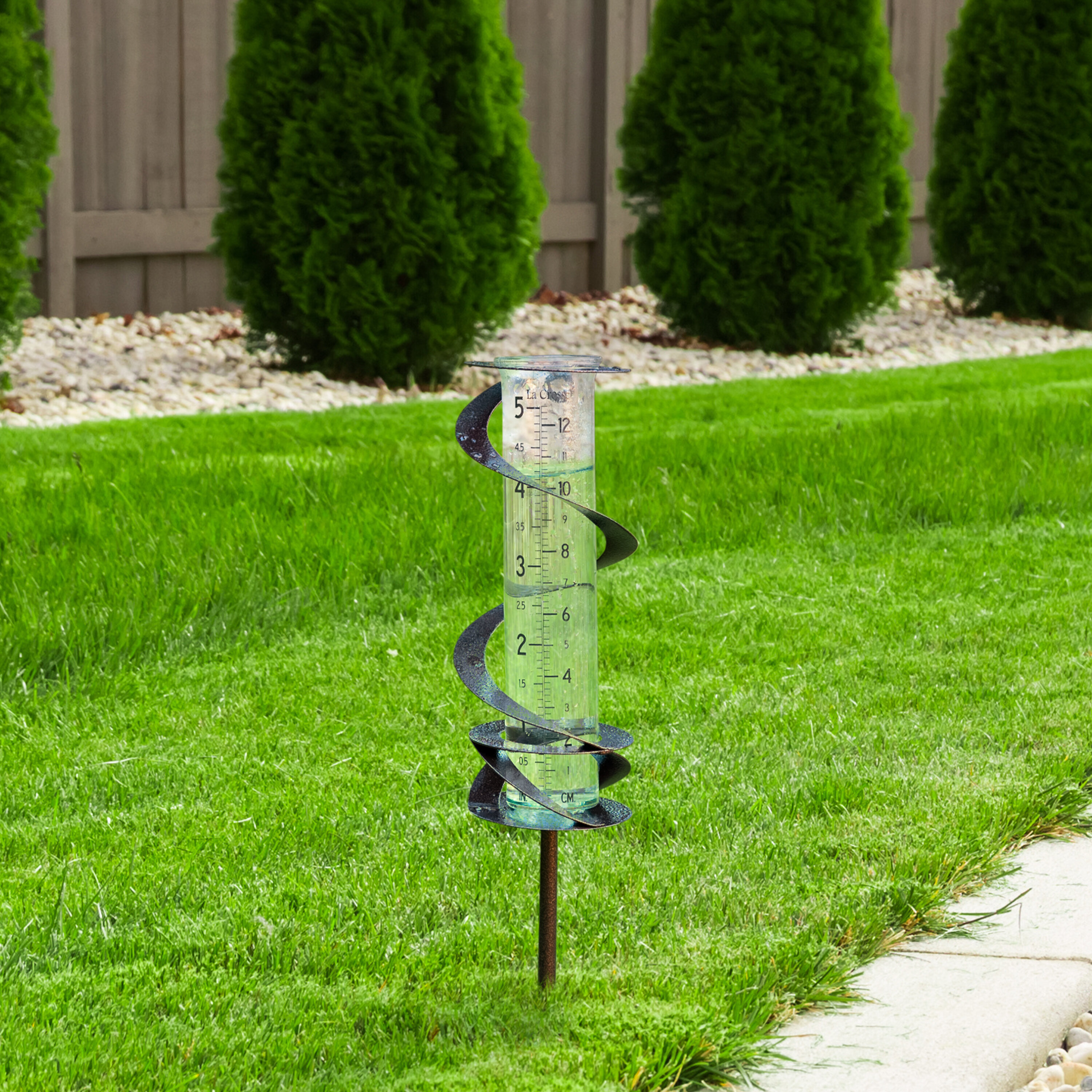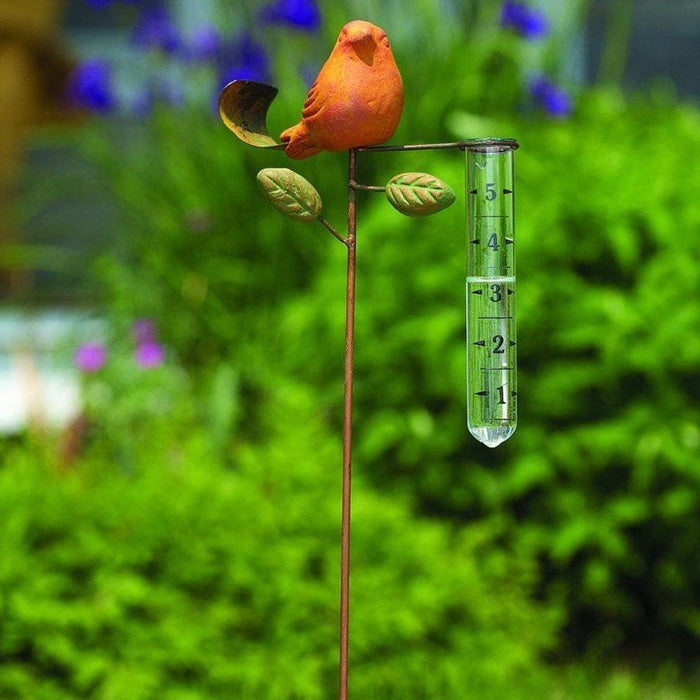The Relevance of Rainfall Gauges in Weather Projecting
Rain determines play an essential function in climate forecasting by supplying exact measurements of precipitation. These gadgets, made use of by meteorologists worldwide, are essential tools for anticipating climate patterns and issuing timely warnings. Generally, the relevance of rain evaluates in weather condition projecting can not be overemphasized, as they give indispensable data for boosting our understanding of climate patterns and improving the accuracy of forecasts.
Accurate Precipitation Dimensions
Exact rainfall dimensions are crucial for obtaining trustworthy information in climate projecting. Rainfall, such as rainfall, snow, sleet, or hail storm, plays a significant role in the overall weather patterns and can considerably affect everyday activities, farming, and even transportation systems. To accurately understand and predict weather, meteorologists count on specific dimensions of precipitation.
Rain determines are the key devices made use of to gauge the amount of rainfall in a specific location. These tools are meticulously positioned in open locations away from any obstructions to make certain precise readings. They consist of a collection container, normally cylindrical in shape, which gauges the quantity and collects of rainfall that drops within a particular time frame.
The precision of precipitation measurements is crucial for different reasons. It helps meteorologists establish the amount of moisture in the environment, which influences cloud development and subsequent rains or snowfall. This information is essential for anticipating severe weather condition conditions, such as hefty rainstorms or snowstorms.

Improved Climate Predictions
To enhance the accuracy of weather condition forecasts, meteorologists count on frequent analysis of data gathered from rain assesses. These tools play a crucial role in enhancing weather condition predictions by supplying beneficial details about precipitation patterns. By measuring the amount of rains at a certain area, rainfall determines aid meteorologists much better recognize just how climate systems create and advance.
Rainfall assesses are strategically positioned throughout different regions to capture localized information concerning rainfall. This data is then used to evaluate rains patterns, which can help in predicting future climate condition. By gathering and analyzing data from rain determines, meteorologists can identify trends and patterns, permitting them to make more exact forecasts regarding the timing, intensity, and duration of rains.

Boosted Flood Cautions
Rain determines play an essential duty in boosting flood warnings by giving important information on rainfall. Floods are natural catastrophes that can create significant damage to residential property and pose a risk to human lives. By precisely gauging rains, rainfall gauges offer useful details that helps in anticipating and preparing for possible floodings.
Flooding cautions are issued by meteorological agencies and local authorities to sharp individuals residing in flood-prone locations to take needed precautions. Rain evaluates are an important component of the flood warning system as they determine the amount of rainfall in a particular place over a provided period. This data is essential in identifying the intensity and duration of rainfall, which are key factors in evaluating the risk of flooding.
In addition to measuring rainfall, rainfall determines additionally give real-time information, making it possible for meteorologists to track the progression of a tornado or weather condition system. This info enables for more accurate flood predictions and prompt cautions to be provided to the public (The Rain Gauge). By keeping track of rainfall patterns and trends, meteorologists can see this prepare for the chance of flooding and give development notification to areas at threat
Furthermore, rain evaluates aid in verifying and enhancing flooding projecting designs. The information accumulated from rain gauges can be made use of to calibrate and refine these versions, resulting in more precise predictions and far better flood readiness steps. This ensures that neighborhoods have sufficient time to leave, secure their possessions, and take essential safety measures to minimize prospective damage.
Long-Term Climate Trend Evaluation
Lasting climate fad analysis counts on the data gathered by rain assesses to assess adjustments in precipitation patterns over an extensive period. Rainfall gauges play a vital role in supplying accurate and trustworthy information on rainfall quantities, which is essential for comprehending lasting climate trends. By determining the quantity of rains at specific places, rainfall determines help scientists and meteorologists examine historic precipitation data and recognize patterns and trends gradually.
These fads can provide useful understandings into climate modification and its influence on precipitation patterns. Long-lasting climate pattern evaluation can disclose whether an area is experiencing an increase or reduce in rains over the years. This details is vital for different industries, consisting of agriculture, water resource management, and urban planning, as it helps in making informed decisions and developing strategies to adapt to changing climate conditions.
Rainfall determines additionally add to the growth and enhancement of climate designs. By contrasting the data collected from rain gauges with the results of environment versions, researchers can verify the accuracy of these models and fine-tune their forecasts. This iterative process aids enhance the dependability of long-term environment projections, allowing stakeholders and policymakers to make informed choices to minimize the impacts of climate adjustment.
Vital Tools for Meteorologists
Meteorologists count on the accurate information collected by rainfall evaluates to inform their climate projecting techniques and forecasts. Rainfall evaluates are simply one of the numerous essential devices that meteorologists utilize in their job. These tools are vital for gathering and assessing different climate specifications, making it possible for meteorologists to make more exact and reputable forecasts.
One necessary tool for meteorologists is the weather condition radar. Climate radar systems utilize radio waves to identify precipitation and gauge its location, intensity, and motion. This information is vital for tracking tornados, identifying serious climate conditions, and anticipating their future courses. Doppler radar, a specialized sort of weather radar, can likewise give insights into wind patterns, enabling meteorologists to much better recognize tornado dynamics.
Another essential tool is the weather condition balloon, additionally referred to as a radiosonde. Weather balloons are geared up with instruments that determine temperature, moisture, air stress, and wind speed and instructions as they rise via the ambience. This information aids meteorologists recognize the upright account of the ambience, which is crucial for anticipating weather condition patterns, specifically in the top levels.
Satellites play a considerable function in weather forecasting. Climate satellites provide continual photos of the Planet's ambience, permitting meteorologists to keep an eye on cloud cover, track storm systems, and observe various weather sensations from an international point of click for info view. These pictures additional reading assist meteorologists identify developing weather patterns, such as hurricanes and typhoons, and monitor their accumulation and activity.
Along with these tools, meteorologists additionally rely upon computer versions that replicate and anticipate weather condition patterns based on mathematical formulas. These versions consider various atmospheric variables, such as moisture, temperature, and wind, to anticipate future climate condition. By making use of these designs in combination with the data accumulated from rain determines, weather condition radars, weather balloons, and satellites, meteorologists can produce even more precise and dependable projections, offering beneficial information to the general public and aiding to reduce the influence of severe weather condition occasions.
Conclusion
In conclusion, rain assesses play a critical duty in weather forecasting. They offer exact dimensions of rainfall, which boost climate forecasts and improve flood warnings.
In general, the significance of rain assesses in weather condition projecting can not be overemphasized, as they supply invaluable data for enhancing our understanding of weather patterns and improving the accuracy of forecasts.
By incorporating rain gauge data into weather designs, meteorologists can enhance their understanding of how different elements such as topography, wind patterns, and temperature influence rains circulation.
In enhancement to gauging rainfall, rain evaluates likewise offer real-time data, enabling meteorologists to track the progression of a tornado or climate system. Climate satellites supply continual pictures of the Earth's atmosphere, permitting meteorologists to monitor cloud cover, track tornado systems, and observe different weather condition phenomena from a worldwide perspective. By making use of these versions in conjunction with the data accumulated from rain evaluates, climate radars, climate balloons, and satellites, meteorologists can produce even more dependable and exact projections, supplying important details to the public and assisting to reduce the effect of extreme weather occasions.